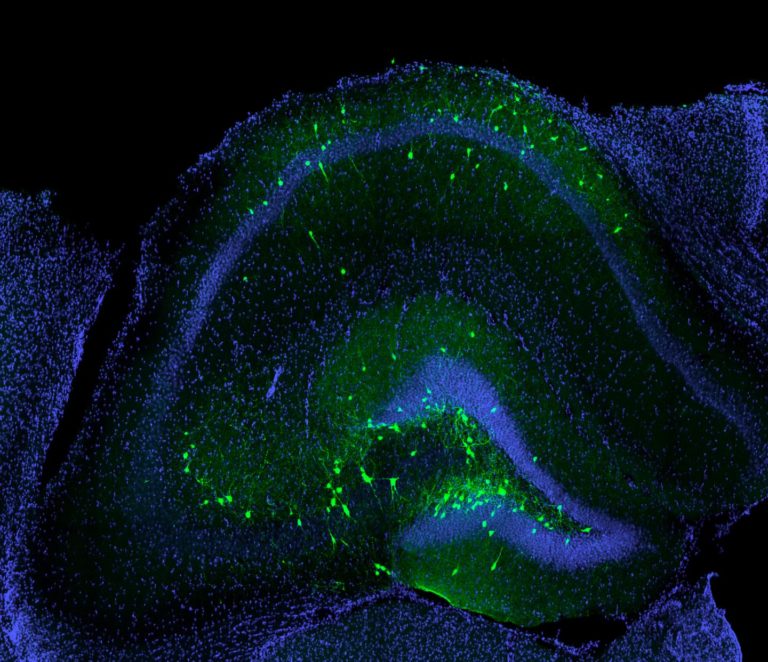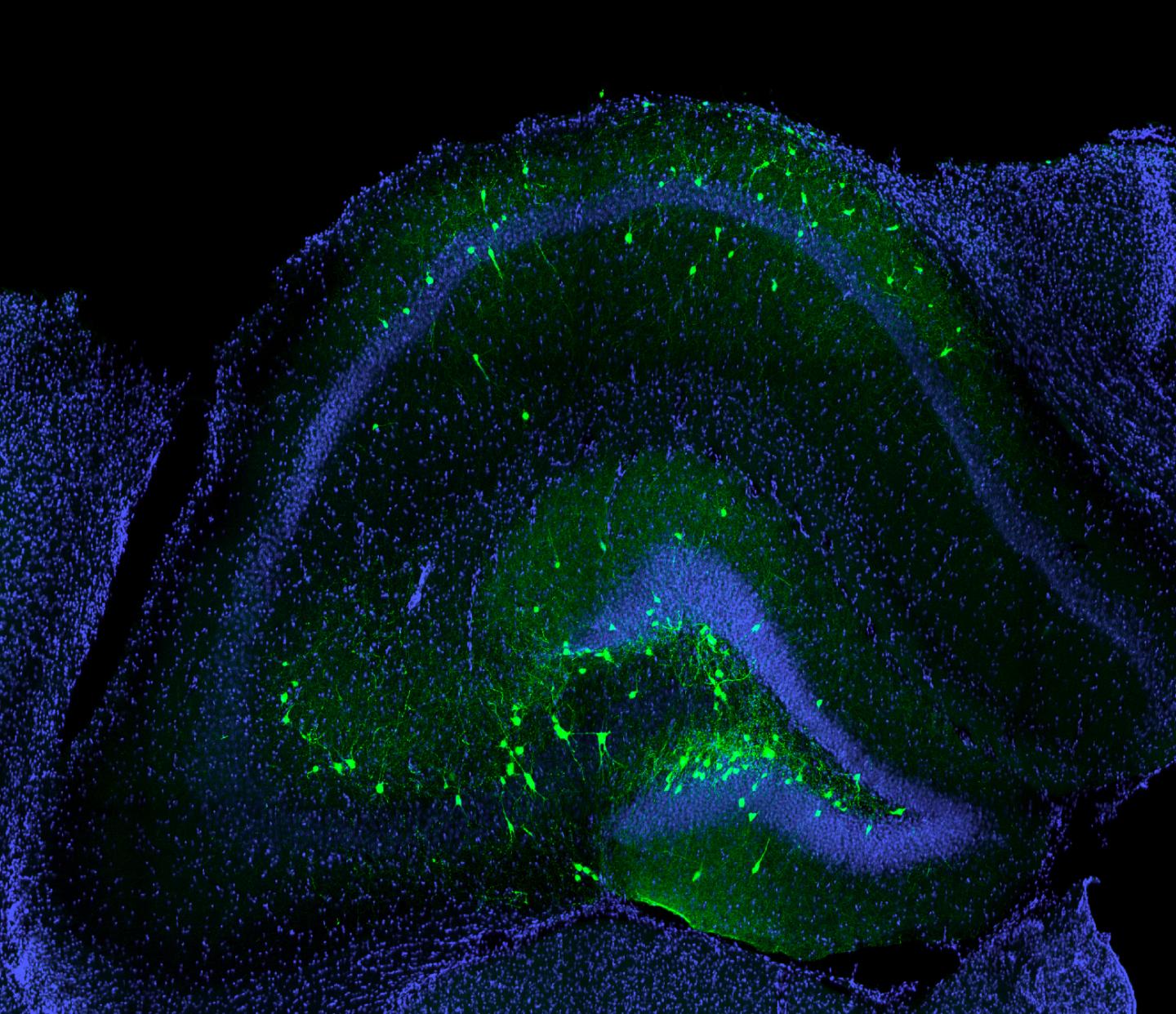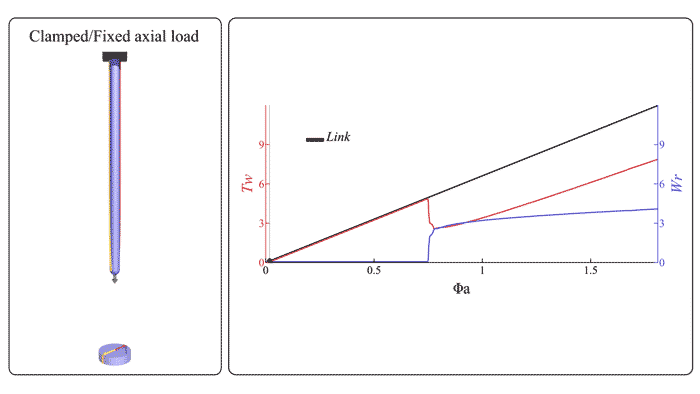If your business isn’t using a modern POS system, you’re falling behind already. Modern POS systems have completely revolutionized the way payments are processed, and with other features like real-time inventory management, are revolutionizing the way businesses are run in general. It’s time to get updated on everything a POS can do for your business, so here are some of the key features that you’ll want to know about.
Real-Time Inventory Management
Inventory management has long been a struggle, even with proprietary software designed to make the process simpler. The fact is, inventory management is one of the most important aspects of an effective business. The way you manage your inventory will determine whether or not dead stock remains on the shelves, and if items are available when they’re supposed to be. Poor inventory management can lead to more than a bit of frustration among employees and customers, and end up costing your business money in the long run.
You can leverage your POS system for more accurate inventory counts that are updated in real-time. You won’t have to worry about waiting hours for your proprietary inventory software to update, or for manual counts to be completed. Your POS will handle inventory, returns, and sales from one interface. Streamlining such services only means further efficiency for your business, and who could argue with that?
Take your inventory to the next level with a modern POS system. This feature is usually standard in just about every POS software, but be sure to check with your provider to ensure you’re getting what you need. Some inventory services will even work offline; uploading the information to cloud storage once a connection is reestablished.
Customer Database
Building customer profiles is necessary for modern businesses and can be created within your POS software. This is especially useful for retail stores, as you’ll be able to see detailed reports of customers’ purchase history. When you know what your customers are buying, you can tailor your marketing efforts to be more customized to customer preferences, and therefore more effective at invoking action.
Analytics Data
One of the best tools your POS system has to offer is analytics data. Your POS system will generate reports on general revenue, item sales, and more, which you can then leverage to make better-informed decisions on promotional periods, discount offers, and staffing. Knowing when your business is busiest and how much money you’re making on a daily or monthly basis is absolutely critical to effective budget planning.
Reflection is the most useful tool for growth, so your analytics reports are nothing less than a necessity for your business. Leveraging these means more efficient operations overall, and best of all, they’re free. You can view them within your POS interface or print them off/email them. Don’t forsake this amazing tool! You need to know exactly how much money you’re making and which products are generating the most revenue.
Payment Processing
Payment processing is the primary function of a POS system. Secure, fast, and simple payment processing makes for shorter lines and a more efficient checkout process and ensures customers that they can trust your business with their personal information. The way we exchange money is constantly changing, and modern POS systems are able to keep up with the trends.
With a POS, you’ll be able to accept just about any payment method available, making your business that much more desirable to customers who only pay one way. You’ll get access to your typical methods as well, like cash and credit cards, but you’ll also be able to accept touchless payments and online payments.
The more versatile your payment accepted payment methods are, the greater your customer reach will be. You wouldn’t want to lose a customer because you don’t accept their favorite payment method!
Software Integration
Many POS systems are able to integrate with other software programs such as Quickbooks or your stock-ordering catalog. This makes things incredibly simple when your bookkeeping and ordering software is updated automatically on a daily basis! You won’t have to worry about spending extra time at the end of the day to keep things updated, which means less time and money spent on tedious tasks.
POS systems can integrate with hundreds of other software programs, including calendars and even some marketing software. Unify your operations with a POS system and never have to worry about manual updates.
The Bottom Line
A good POS system can perform a number of tasks, unifying your operations and creating a more streamlined business overall. From inventory management to payment processing and beyond, a POS system truly has become a requirement for the modern business. If you’re still skeptical about POS software, try a demo today!
Photo by Blake Wisz















